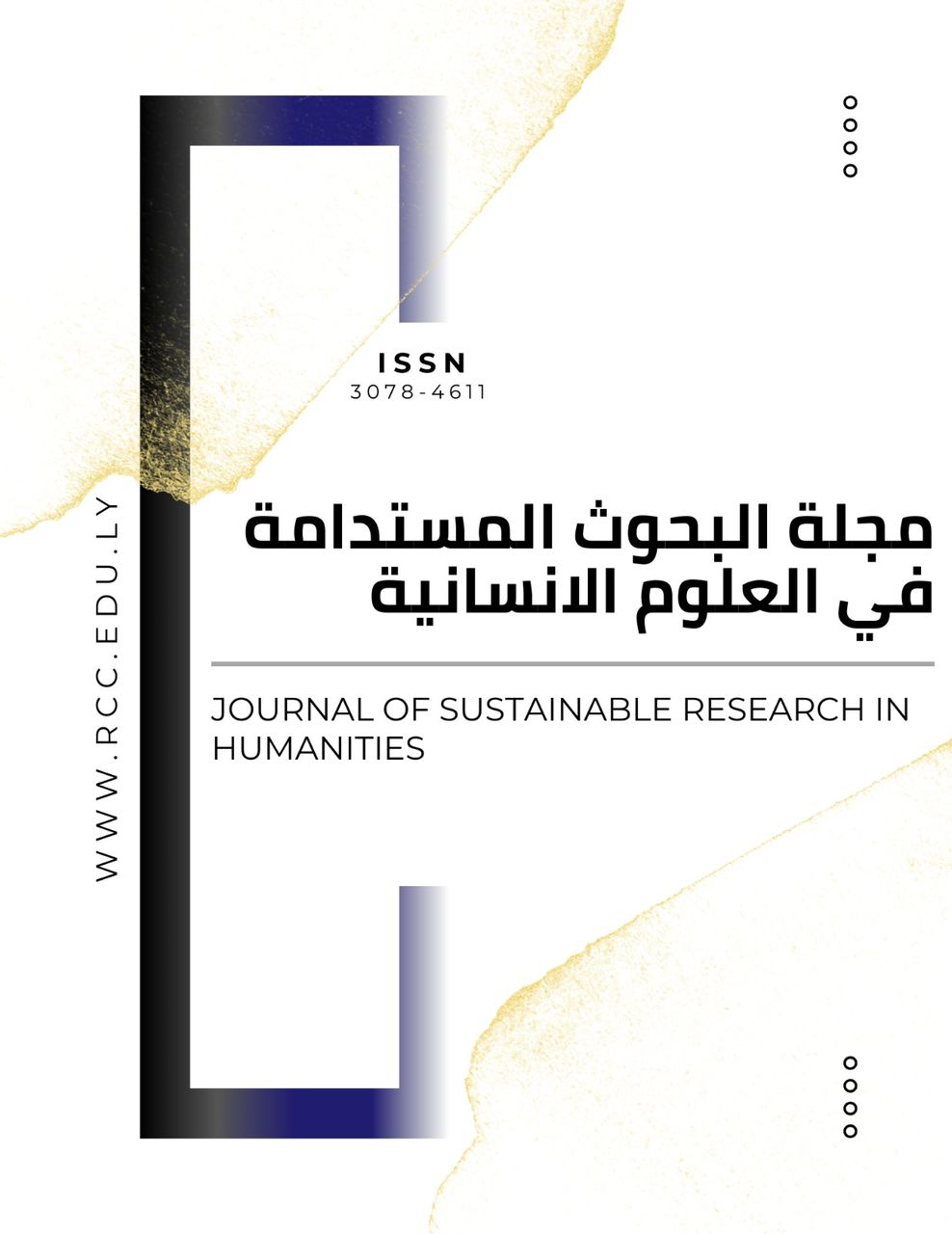The Use of a Multilevel Model of Service Quality and Educational Service Responses from the Perspective of General Education Teachers in Misurata
DOI:
https://doi.org/10.36602/jsrhs.2025.2.2.6Keywords:
Educational service quality, secondary education, SERVQUAL gap modelAbstract
The study aimed to measure the quality of educational services provided in secondary schools in Misrata from the perspective of secondary school teachers. To achieve this objective, a descriptive analytical approach was employed due to its suitability for this type of study. The SERVQUAL model was used to measure service quality through five main dimensions: reliability, tangibility, responsiveness, assurance, and empathy.
The study population comprised secondary school teachers in Misrata, totalling (930) teachers, from which a simple random sample of (182) teachers was selected. Based on this, a questionnaire was utilized to collect data, and statistical analysis was conducted using SPSS.
The results indicated that the dimensions of educational service quality were generally available in secondary schools from the teachers' perspective. The sample members expressed satisfaction with the level of reliability in performing educational tasks and the availability of resources and facilities as part of the tangibility dimension. Additionally, a good responsiveness to educational needs from both teachers and administration was noted, along with a safe educational environment reflecting the assurance dimension. Furthermore, there was a degree of empathy and attention to students and their individual needs. The findings suggest a good level of educational service quality in secondary schools in Misrata
Downloads
Downloads
Published
Issue
Section
License

This work is licensed under a Creative Commons Attribution-NonCommercial 4.0 International License.








